Tire size can be confusing. Some numbers on the sidewall are listed in millimeters while others are inches. Plus, the right size for your car, truck, or trailer can differ depending on where and how you drive.
You can see your original equipment tire size in your owner’s manual or on the placard generally located on the driver’s side door jam. This is the sizing recommended by the vehicle manufacturer.
If you’re interested in switching out your tires for a different look or performance, a good place to start is the numbers and other indicators on your existing tires’ sidewall. Next, have a tire professional help you determine a tire size range that will fit your vehicle and driving needs.
Here’s what those numbers and indicators on the sidewall indicate and how to understand them:
A: TIRE TYPE The first letter in the code tells you what class of tire it is.
P stands for passenger vehicle tire. P-class tires include cars, SUVs, crossovers, minivans and smaller pickup trucks.
LT means light truck tire, designed for vehicles that are capable of carrying heavy loads, towing trailers, or for those looking for an extra heavy duty option. These are often equipped on three-quarter or 1 ton trucks and SUVs.
ST stands for Special Trailer. These tire sizes are meant for trailers, including fifth wheels and other travel trailers, as well as boat and utility trailers.
If there’s no letter before the first number, you have a metric tire most commonly referred to as European size. It’s also measured in millimeters but may have a different load capacity than a P or LT tire.
B: TIRE WIDTH The three-digit number following the letter is the tire’s width (from side to side, looking at the tire head on) in millimeters. This may also be referred to as the section width.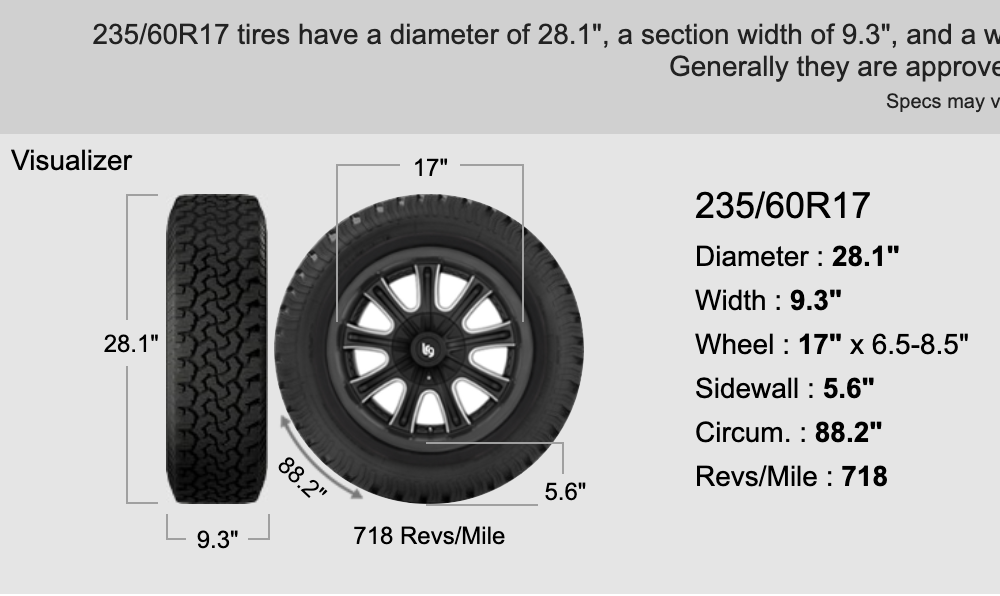
C: ASPECT RATIO The forward slash separates the tire width number from the two-digit aspect ratio. The bigger the aspect ratio, the higher/taller the tire’s sidewall, or “profile” as it’s sometimes called.
The aspect ratio is indicated on the tire sidewall as a percentage. It’s the height of the sidewall measured from wheel rim to top of the tread, expressed as a percentage of tire width.
In this example, the aspect ratio is 65, meaning the sidewall is 65 percent as high as the tire is wide. To get the sidewall height, take the tire width of 215 mm and convert it to inches (8.46). Then multiply this by 65% (.65). This gives you an answer of 5.5, the sidewall height in inches.
D: CONSTRUCTION TYPE This single letter tells you about the internal construction of the tire.
R is for radial tires, the industry standard for most tires today. They have better road grip, lower rolling resistance for better gas mileage, ride comfort and durability than previous generations of tires.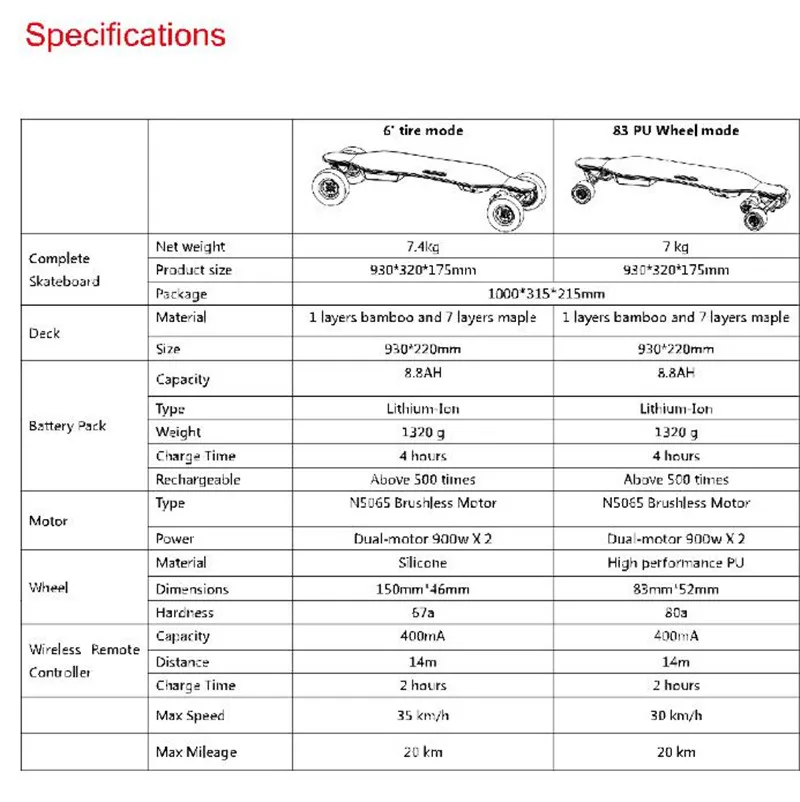 In a radial tire, the plies — layers of strong cords made of a blend of polyester, steel and fabric and coated with rubber — are laid perpendicular to the direction of travel.
In a radial tire, the plies — layers of strong cords made of a blend of polyester, steel and fabric and coated with rubber — are laid perpendicular to the direction of travel.
D is for tires built with diagonal (crisscrossed) plies, called bias-constructed tires. They are also called conventional, x-ply, or cross-ply tires. Some motorcycle and trailer tires still use this internal construction.
Some run-flat tires are identified with an F followed by the type of internal construction.
E: WHEEL DIAMETER This two-digit number specifies wheel diameter in inches. It’s the distance between the two bead seat areas (where a tire gets tightly sealed onto the wheel).
F: LOAD INDEX The two-digit or three-digit number that follows the gap specifies tire load index. The load index symbol indicates how much weight a tire can support, based on the following standard chart. In our example, the load index is 89, which indicates the tire has a load capacity of 1,279 pounds, when inflated to the tire’s maximum air pressure rating.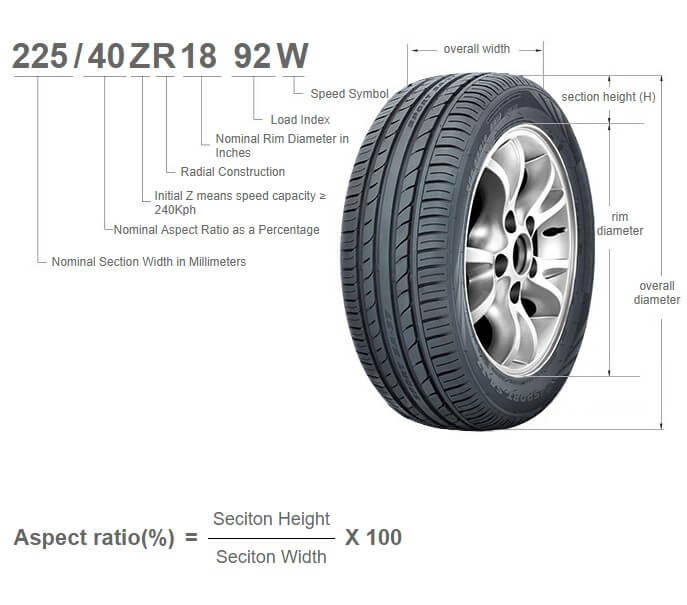
G: SPEED RATING The last letter is the tire speed rating. This indicates the top speed it’s safe to travel at for a sustained amount of time. A tire with a higher speed rating can handle heat better and provide more control at faster speeds. The maximum operating speed of a vehicle is no more than the lowest speed rating of all tires mounted on the vehicle. (Of course, you should always abide by speed limits for safer driving.) Speed rating is usually, but not always, a single letter (see the chart).
Below you will find several charts that will help you understand tire sizing numbers, including a load index chart and speed rating chart.
A tire size calculator is a quick way to see whether the tire size you’re considering will likely fit your car, SUV, sports car, light truck or crossover.
But remember that is only an estimate. It’s important to stay within the sizing tolerances of your vehicle.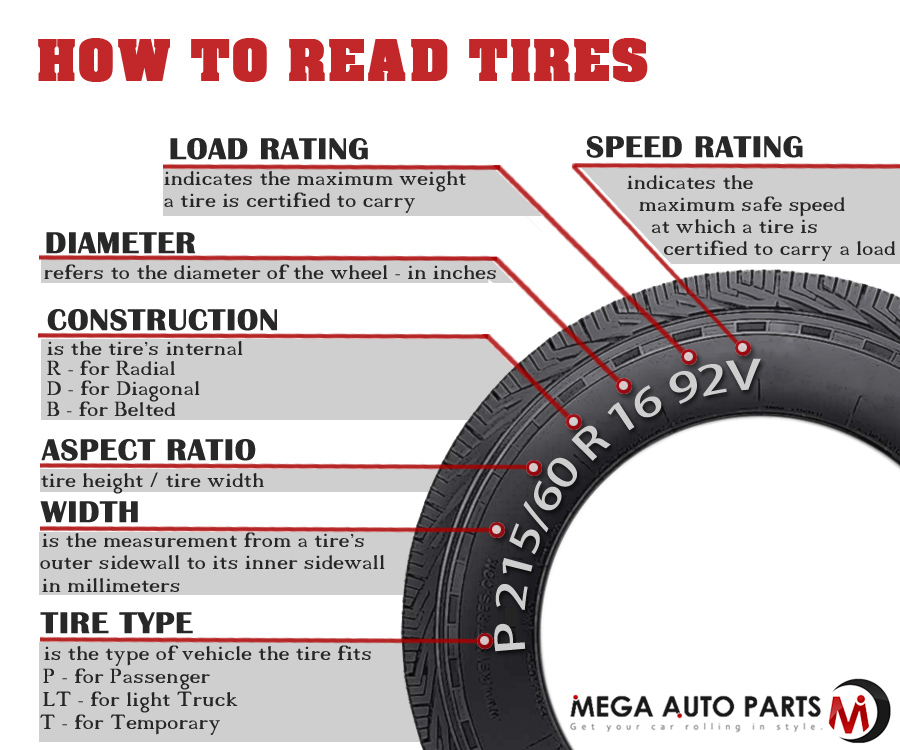 Tires that are the wrong size could cause some pull in the steering wheel, rub against the suspension or body of your vehicle, reduce clearance on hills, or result in a stiffer or noisier ride.
Tires that are the wrong size could cause some pull in the steering wheel, rub against the suspension or body of your vehicle, reduce clearance on hills, or result in a stiffer or noisier ride.
If you’re considering mounting a different tire size on your vehicle, check with a tire expert. Find out whether the tires and wheels you have your eye on are the right fit for your vehicle’s suspension, gearing, and bodywork. And ask how any differences in revolutions per mile, tire speed, load index, and speed rating will affect your ride quality and vehicle performance.
See how new tires and rims will look on your car or truck using our Virtual Wheels simulator, available at any Les Schwab.
Find Your Store
It’s vital that you put the right size tires on your vehicle for proper operation. However, not everyone knows how to read the tire size. With so many numbers and letters listed on the sidewall of the tire, it can be difficult to decipher the meaning.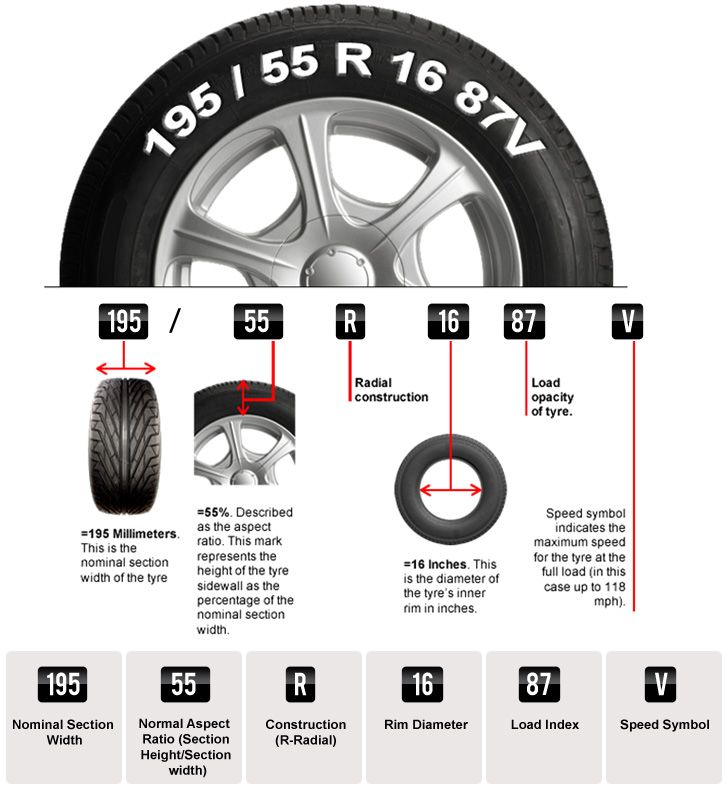
In this article, we examine all of the information listed on the tire sidewall. You will know how to read the tire size and all of its information by the time you are finished.
The three numbers you will find on the tire’s sidewall represent the width, the height, and the diameter of the tire, respectively. The width is measured in millimeters and indicates how wide the tire is from side to side. The height is measured in a height-to-width ratio. The diameter is measured in inches and tells you the size of the rim or wheel that the tire will fit onto.
For example, a tire with a width of 225, a height of 50, and a diameter of 17 would be considered a 225/50/17 tire.
Every tire sidewall contains the tire type, tire width, aspect ratio, and construction. It also contains the wheel diameter, load index, speed rating, DOT symbol, TIN, and UTQG information. This data must be used together to determine if it’s the right tire for your vehicle.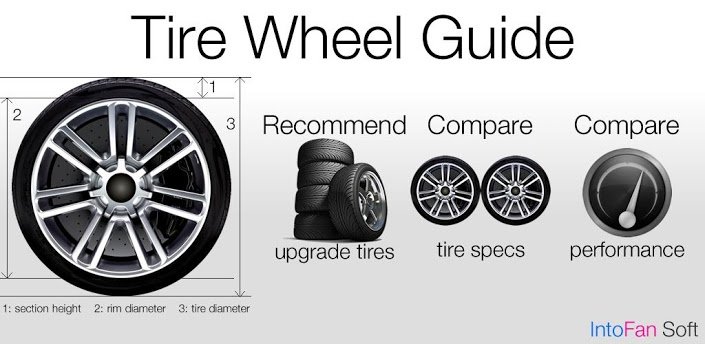
P225/65R17 95H
Most car tires have the letter “P” at the front of the tire size. This letter signifies that it is a P-Metric tire designed for the standards of passenger vehicles.
If you see the letters “LT” instead, it means Light Trucks. Tire manufacturers design these for the higher inflation needs required by some trucks.
There are also other types that are used, such as “T” for Temporary, “ST” for Trailer and “C” for Commercial. However, there’s also the chance that there’s no letter on the tire. If this is the case, it might have been made in Europe. Euro-metric tires are similar to our Passenger tires.
P225/65R17 95H
The tire is measured by its width. This measurement is given in millimeters, based on how much room there is between each sidewall. This can also be referred to as the section width.
In the tire size, the first three numbers refer to the width of the tire. As an example, if your tire size is P225/65R17, the width of the tire would be 225 millimeters.
P225/65R17 95H
After the slash mark, the next number you will see is the tire’s aspect ratio. The aspect ratio of a tire is the height of the cross-section compared to the width. This two-digit number is found after the slash symbol in the tire size.
In the example used above, P225/65R17, the 65 is the aspect ratio. It shows that the height of the tire is equal to 65% of the width. This figure determines how well the vehicle handles your tires. The higher the number is, the longer the response time when turning, while the lower number indicates a faster response to a command.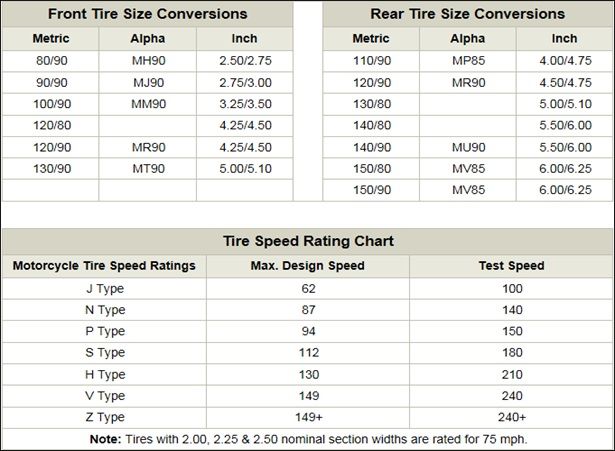
P225/65R17 95H
Most passenger tires feature an “R” after the aspect ratio. This letter signifies that it is a Radial Tire. These tires are the most common on the road and are made by assembling piles of fabric, steel, and polyester, along with coated rubber, lying perpendicular to the direction the tire travels. This design provides the smoothest ride and longer tread life.
There can also be tires with a “D,” standing for Diagonal Piles. These are otherwise referred to as Bias-Constructed Tires, Bias Ply or X-Ply, Cross-Ply and Conventional Tires. You will find this type most commonly used with trailer or motorcycle tires.
Additionally, some tires feature an “F” before the construction letter. This letter is only found on run-flat varieties.
P225/65R17 95H
It’s important to know what size wheel the tire is meant for. The final number in the sequence is the diameter of the wheel or rim diameter.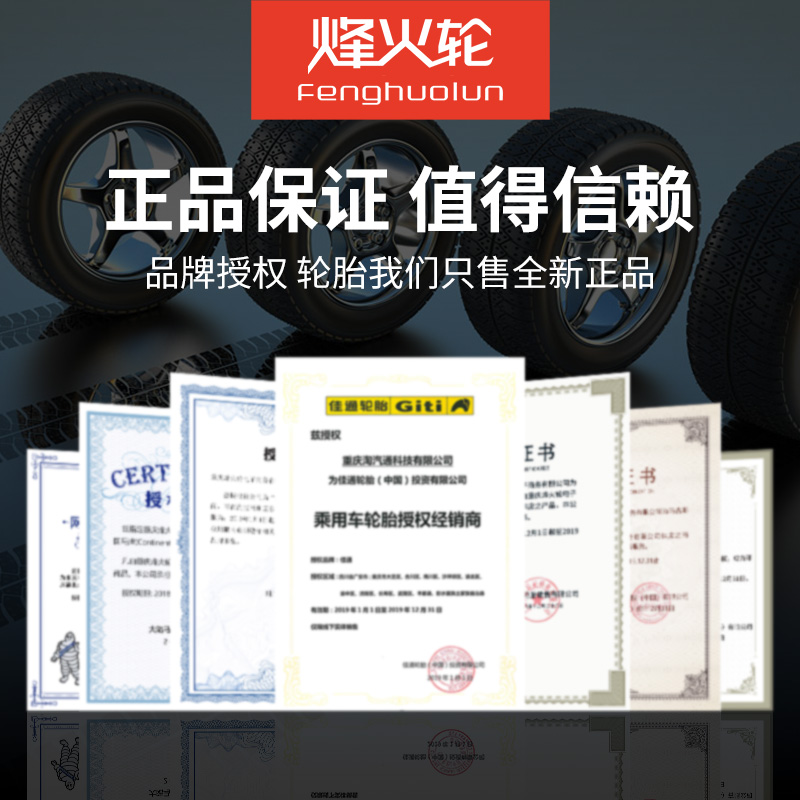 This figure shows what size wheel should be used with the tire.
This figure shows what size wheel should be used with the tire.
The measurement is determined by figuring out the space across the center, from one size to the next. Usually, this figure is listed in inches, such as 17 inches from our example, P225/65R17.
P225/65R17 95H
The load index is the figure used to show the total weight the tire is capable of handling when it is at full inflation. The higher the number of the tire’s load index rating, the more weight you can put on the tires. However, you can’t easily tell how much weight it holds just by looking at this figure.
Instead, you need to reference a chart that shows you what the load index rating means. As an example, a load capability of 117 means that the tire can handle 2,833 pounds of weight. Most passenger vehicles use load indexes ranging from 70-125. See load index chart
P225/65R17 95H
The speed rating or maximum speed rating is another figure that needs to be referenced with the help of a chart.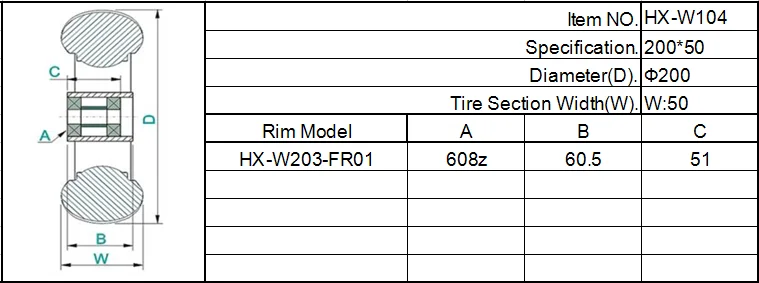 This figure relates to the top speed capability you can use the tire at. Tires with higher speed ratings provide more control at higher speeds and can handle heat better.
This figure relates to the top speed capability you can use the tire at. Tires with higher speed ratings provide more control at higher speeds and can handle heat better.
The most common speed ratings for a family sedan, SUVs and van tires are S and T, translated as 112 or 118 mph. H (130 mph) is commonly used with passenger cars, SUVs, light pickup trucks, coupes and sports cars. Other light trucks use N, P, Q or R (87, 93, 99 and 106 mph).
If you drive a high-performance vehicle, you might see a V, W or Y (149, 168 or 186 mph). Almost all of the winter tires use either the Q, S or T speed rating. Of course, this is just the tire’s maximum speed capability and you should always follow the legal speed limits. See speed rating chart
Every tire sidewall used in the United States should have the DOT symbol located on the side. The DOT stands for Department of Transportation.
With this symbol, you know that the tire complies with Federal Motor Vehicle Safety Standards.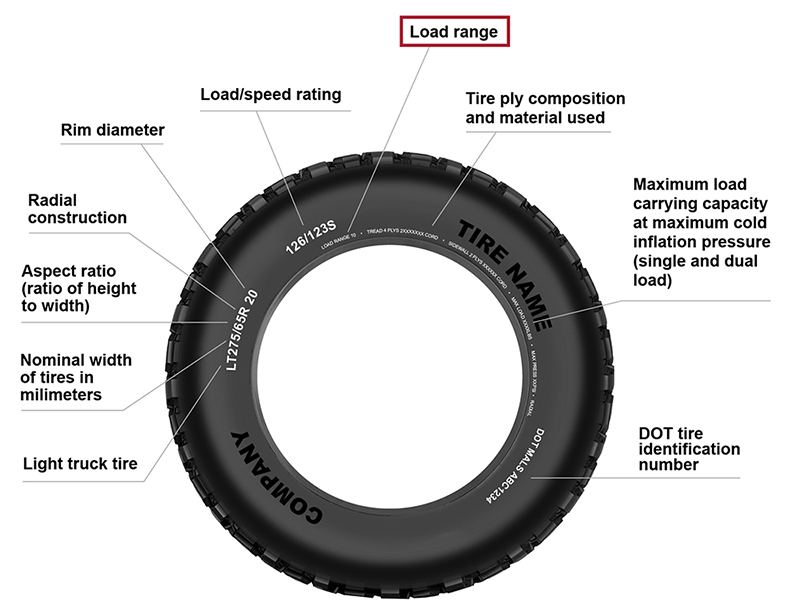 Any reliable manufacturer uses the DOT symbol, so there’s nothing to worry about when you are buying a top brand.
Any reliable manufacturer uses the DOT symbol, so there’s nothing to worry about when you are buying a top brand.
Just like your car has an identification number, your tire also contains a serial number. The Tire Identification Number (TIN) tells you everything you need to know about the tire. This number is located after the DOT letters.
The TIN can be eight to 13 letters/numbers to identify the most important aspects of the tire. Not only will it reveal where the tire was made, but it also shows the manufacturer’s code plus the date the tire was manufactured.
The UTQG stands for Uniform Tire Quality Grading. This rating system was made by the Department of Transportation and it provides you with the data needed to purchase the best tires based on temperature capability, traction and treadwear.
The traction grade shows the wet traction capability of the tire as performed during controlled testing. The AA-rated tire provides the best traction when driving on wet roads.
The temperature grade shows the ability of the tire to handle and dissipate heat. The higher the temperature grade, the more capable it is of operating at faster speeds. A temperature grade of A can handle speeds over 115 mph.
The treadwear grade shows how the tire responded to government testing. It’s designed to reveal the expected wear of the tire’s tread. The government test course runs 6,000 miles, so it’s long enough to reveal how the tire should wear. The tire with a 150 grade would wear 1.5 times better than the similar tire with a 100 rating. With that in mind, a tire with a rating of 200 would last twice as long as that same 100-grade option.
Still, the wear of a tire is going to depend on far more than what this rating is. Tire performance relies heavily on how the vehicle is driven, the type of roads it is used on, and several other factors. The rating only shows what the tire is capable of.
RELATED: What is a Tire Sidewall Damage (& When to Replace the Tire?)
The tires must fit your vehicle perfectly for proper operation.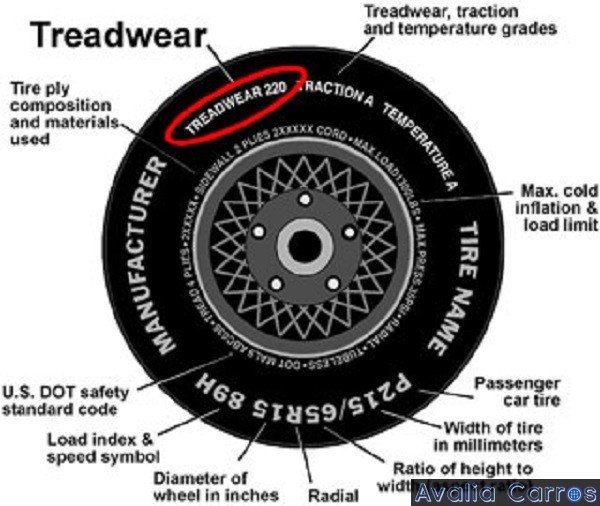 The first issue with improperly sized tires is the appearance. When you put on tires that are too small or too large for your vehicle, it isn’t going to look right.
The first issue with improperly sized tires is the appearance. When you put on tires that are too small or too large for your vehicle, it isn’t going to look right.
However, there are more dangerous ramifications of using the wrong sized tires. The tires are responsible for supporting the weight of your vehicle and are the only aspect that is touching the road. To ensure your on-road safety, the tires must be rated for your vehicle or you are putting yourself at risk.
If you use tires that aren’t meant for your vehicle, the handling becomes compromised. You might notice issues when you attempt to turn or you hit slick roads. Finally, the tires will also wear sooner when they aren’t right, causing you to spend more money on replacements.
Your car owner’s manual will tell you what tire size is appropriate for your vehicle. You can also find the information on the placard located inside the driver’s side door jamb.
We will evaluate two popular types of tires to show you how to read them based on the factors listed above.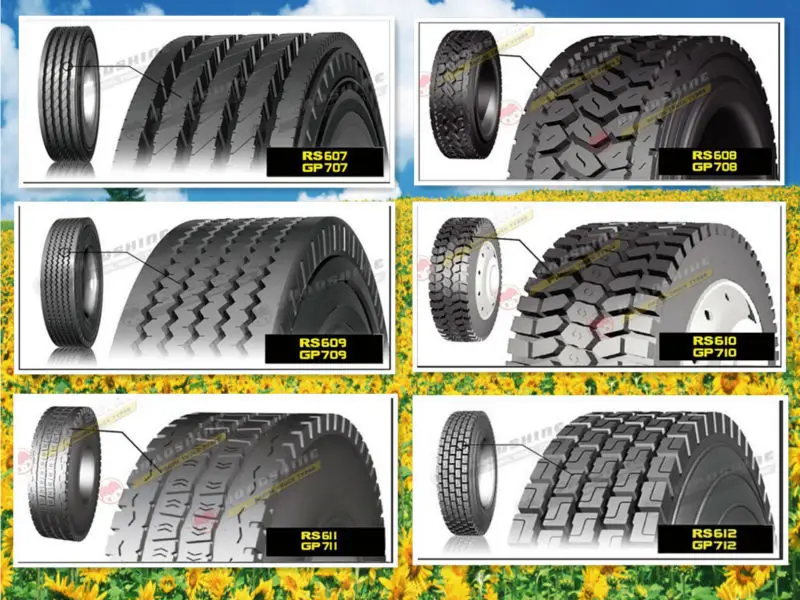 As we look at these examples, you should be able to figure out your own tire sizes using the same formula.
As we look at these examples, you should be able to figure out your own tire sizes using the same formula.
Our first example is with P225/65R17 100T. If your tire says this, you would evaluate it based on the following criteria.
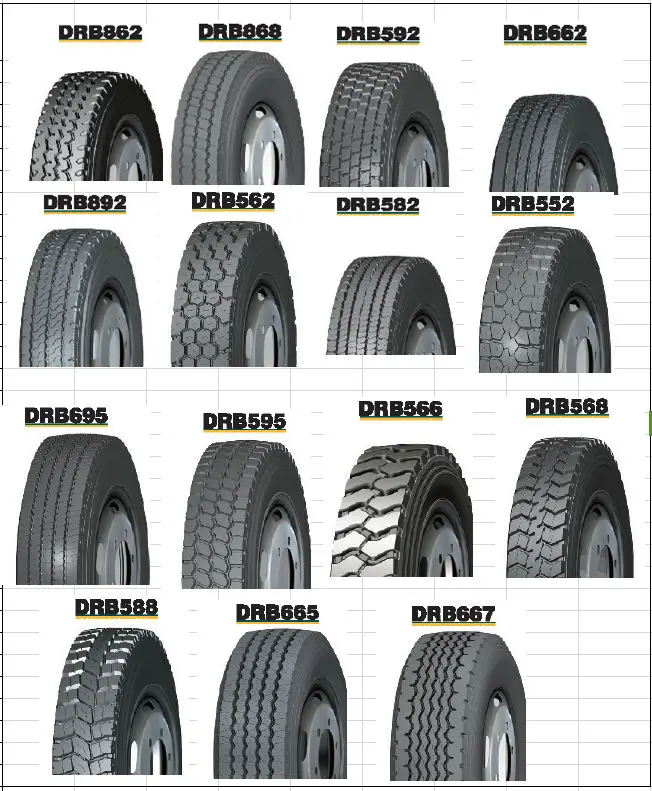
As a review, this P225/65R17 100T tire is considered a passenger tire that contains a width of 225 millimeters. It features an aspect ratio of 65% with a radial construction. Plus, it features a 17-inch diameter that can carry up to 1,604 pounds and travel up to 118 mph.
Let’s look through one more example to ensure you get the point. For this example, we will use P275/55R20 111S.
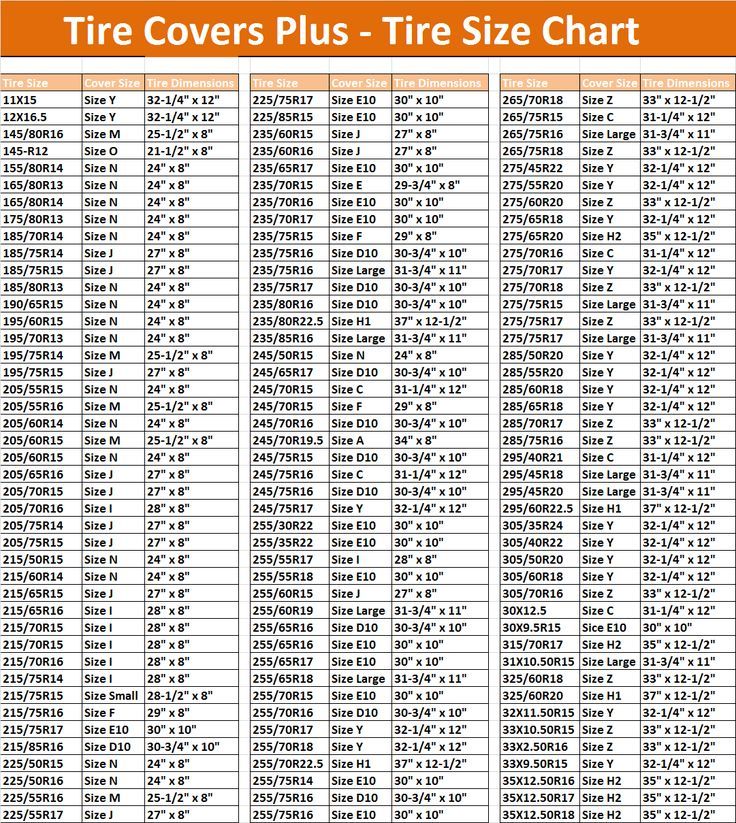 This is the most common tire type on the road.
This is the most common tire type on the road.As a review, this P275/55R20 111S tire is considered a passenger tire that contains a width of 275 millimeters. It features an aspect ratio of 55% with a radial construction. Plus, it features a 20-inch diameter that can carry up to 2,403 pounds and travel up to 112 mph.
Before you put new tires on your vehicle, you want to be sure you are choosing the right tire size. There are two ways to reference the tire size of your vehicle.
First, you can look at the tires that are currently on it. Matching this information is a good way to get the same tires on your vehicle. However, there’s a flaw with this method. If someone put the wrong tires on before you bought it, you may not know.
However, there’s a flaw with this method. If someone put the wrong tires on before you bought it, you may not know.
That’s why it’s always recommended to check the door jamb located inside the driver’s side. There is a placard that shows the appropriate tire size. You might also find it in the owner’s manual. These measurements are provided directly from the car manufacturer, so you know you can’t go wrong.
The three numbers on tire size represent the width, height, and diameter of the tire, respectively. The width is measured in millimeters and indicates how wide the tire is from side to side. The height is measured in a height-to-width ratio. The diameter is measured in inches and tells you the size of the rim or wheel that the tire will fit onto.
For example, a tire with a width of 225, a height of 50, and a diameter of 17 would be considered a 225/50/17 tire.
Trucks usually use the same tire size system as cars. The first number in a truck tire size is the width of the tire in millimeters. The second number is the height, called the aspect ratio. The third number is the diameter of the wheel in inches. You can also find truck tire sizes in inches, which we explain further down.
The first number in a truck tire size is the width of the tire in millimeters. The second number is the height, called the aspect ratio. The third number is the diameter of the wheel in inches. You can also find truck tire sizes in inches, which we explain further down.
Tire sizes in inches can be a little different than tires sizes in millimeters. For example (35X12 50R18) – The numbers 35 and 12 refer to the diameter and the width of the tire, respectively, while 50 indicates the aspect ratio (the percentage of the sidewall height compared to the width). The final R18 denotes the rim diameter in inches, so, a 35X12 50R18 tire would be a 35-inch in diameter tire with a 12-inch width and an 18-inch rim diameter.
Motorcycle tire sizes are usually the same as car tire sizes. The first three digits represent the width of the tire in millimeters (mm). The second two digits after the slash mark represent the aspect ratio, which is the height of the tire’s cross-section to its width.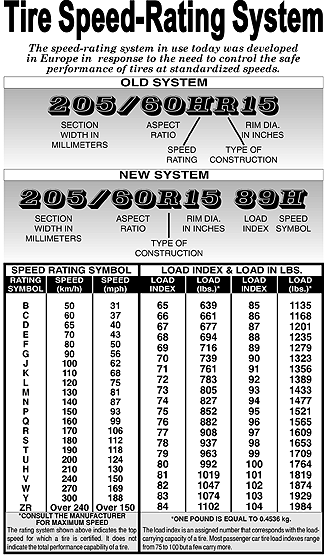 Finally, the last two digits after the dash represent the diameter of the motorcycle wheel, in inches.
Finally, the last two digits after the dash represent the diameter of the motorcycle wheel, in inches.
| Load Index | Load (lbs) | Load Index | Load (lbs) |
|---|---|---|---|
| 71 | 761 | 100 | 1764 |
| 72 | 783 | 101 | 1819 |
| 73 | 805 | 102 | 1874 |
| 74 | 827 | 103 | 1929 |
| 75 | 852 | 104 | 1984 |
| 76 | 882 | 105 | 2039 |
| 77 | 908 | 106 | 2094 |
| 78 | 937 | 107 | 2149 |
| 79 | 963 | 108 | 2205 |
| 80 | 992 | 109 | 2271 |
| 81 | 1019 | 110 | 2337 |
| 82 | 1047 | 111 | 2403 |
| 83 | 1074 | 112 | 2469 |
| 84 | 1102 | 113 | 2535 |
| 85 | 1135 | 114 | 2601 |
| 86 | 1168 | 115 | 2679 |
| 87 | 1201 | 116 | 2756 |
| 88 | 1235 | 117 | 2833 |
| 89 | 1279 | 118 | 2910 |
| 90 | 1323 | 119 | 2998 |
| 91 | 1356 | 120 | 3086 |
| 92 | 1389 | 121 | 3197 |
| 93 | 1433 | 122 | 3307 |
| 94 | 1477 | 123 | 3417 |
| 95 | 1521 | 124 | 3527 |
| 96 | 1565 | 125 | 3638 |
| 97 | 1609 | 126 | 3748 |
| 98 | 1653 | 127 | 3858 |
| 99 | 1709 | 128 | 3968 |
| Symbol Speed | Speed (km/h) | Speed (mph) |
|---|---|---|
| A1 | 5 | 3 |
| A2 | 10 | 6 |
| A3 | 15 | 9 |
| A4 | 20 | 12 |
| A5 | 25 | 16 |
| A6 | 30 | 19 |
| A8 | 40 | 25 |
| B | 50 | 31 |
| C | 60 | 37 |
| D | 65 | 40 |
| E | 70 | 43 |
| F | 80 | 50 |
| G | 90 | 56 |
| J | 100 | 62 |
| K | 110 | 68 |
| L | 120 | 75 |
| M | 130 | 81 |
| N | 140 | 87 |
| P | 150 | 94 |
| Q | 160 | 100 |
| R | 170 | 106 |
| S | 180 | 112 |
| T | 190 | 118 |
| U | 200 | 124 |
| H | 210 | 130 |
| V | 240 | 149 |
| W | 270 | 168 |
| Y | 300 | 186 |
Now that you know how to read your tire size, you will be prepared for the next time you are about to buy new tires.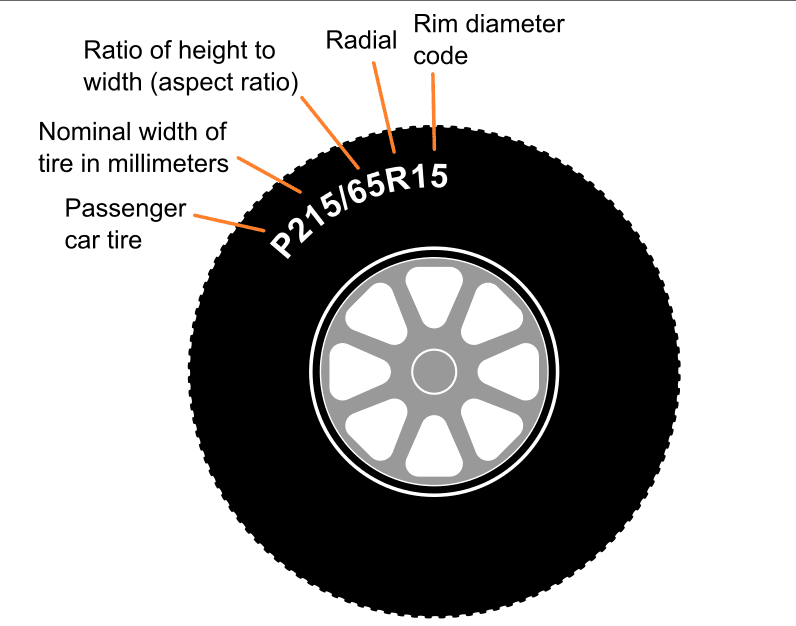 Although there’s a lot of information on the sidewall of a tire, it’s not as complicated as it may seem.
Although there’s a lot of information on the sidewall of a tire, it’s not as complicated as it may seem.
In fact, once you know what to look for, understanding your tire size is pretty easy. By knowing how to read your tire size and what the numbers on the tires mean, you can now buy the perfect tires yourself and make sure you have the best tires for your car.
Learn more:
Was this article helpful?
YesNo
Do you want to choose a tire for your car, but do not understand tire markings well? It's not a problem! In this section, we will help you figure out what tire parameters are, what they mean, and which tire is right for your car.
Select tires / tire catalog
195/65 R15 91 T XL
195 is the tire width in mm.
65 - Proportionality, i.e. profile height to width ratio. In our case, it is equal to 65%. Simply put, with the same width, the larger this indicator, the higher the tire will be and vice versa. Usually this value is simply called “profile”.
Since the tire profile is a relative value, it is important to take into account when choosing rubber that if you want to put tires with a size of 205/65 R15 instead of the size 195/65 R15, then not only the width of the tire will increase, but also the height! Which in most cases is unacceptable! (except when both of these sizes are indicated in the car's operating book). You can calculate the exact data on changing the outer dimensions of the wheel in a special tire calculator.
If this ratio is not specified (for example, 185/R14C), then it is equal to 80-82% and the tire is called full profile. Reinforced tires with this marking are usually used on minibuses and light trucks, where a large maximum wheel load is very important.
R - means a tire with a radial cord (in fact, almost all tires are made this way now).
Many mistakenly believe that R- means the radius of the tire, but this is the radial design of the tire. There is also a diagonal design (indicated by the letter D), but recently it has practically not been produced, since its performance is noticeably worse.
15 - wheel (rim) diameter in inches. (It is the diameter, not the radius! This is also a common mistake). This is the “landing” diameter of the tire on the disk, i.e. is the inside size of the tire or the outside of the rim.
91 - load index. This is the level of maximum permissible load on one wheel. For passenger cars, it is usually done with a margin and is not a decisive factor when choosing tires (in our case, IN - 91 - 670 kg.). For minibuses and small trucks, this parameter is very important and must be observed.
T is the tire speed index.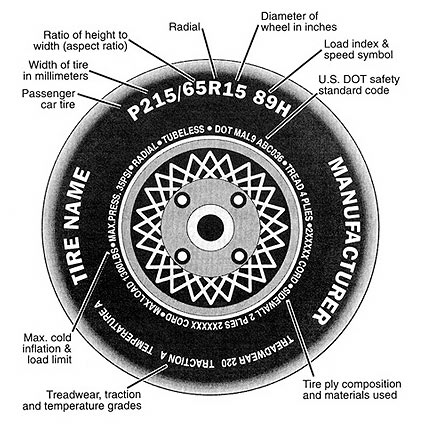 The larger it is, the faster you can ride on this tire (in our case, IS - H - up to 210 km / h). Speaking about the tire speed index, I would like to note that with this parameter, the tire manufacturer guarantees the normal operation of the rubber when the car is constantly moving at the specified speed for several hours.
The larger it is, the faster you can ride on this tire (in our case, IS - H - up to 210 km / h). Speaking about the tire speed index, I would like to note that with this parameter, the tire manufacturer guarantees the normal operation of the rubber when the car is constantly moving at the specified speed for several hours.
There are two different American tire markings. The first one is very similar to the European one, only the letters “P” (Passanger - for a passenger car) or “LT” (Light Truck - light truck) are placed before the size. For example: P 195/60 R 14 or LT 235/75 R15. And another tire marking, which is fundamentally different from the European one.
Example: 31x10.5 R15 (corresponds to European size 265/75 R15)
31 is the outside diameter of the tire in inches.
10.5 is tire width in inches.
R - a tire with a radial design (older tire models were with a diagonal design).
15 is the inner diameter of the tire in inches.
Generally speaking, except for inches that are unusual for us, the American tire marking is logical and more understandable, unlike the European one, where the height of the tire profile is not constant and depends on the width of the tire. And here everything is simple with decoding: the first digit of the standard size is the outer diameter, the second is the width, the third is the inner diameter.
XL or Extra Load is a reinforced tire, the load index of which is 3 units higher than that of conventional tires of the same size. In other words, if a given tire has a load index of 91 marked XL or Extra Load, then this means that with this index, the tire is able to withstand a maximum load of 670 kg instead of 615 kg (see the table of tire load indices).
M+S or tire marking M&S (Mud + Snow) - mud plus snow and means that the tires are all-season or winter. Many summer tires for SUVs are labeled M&S. However, these tires must not be used in winter, as winter tires have a completely different rubber compound and tread pattern, and the M&S badge indicates good flotation performance.
Many summer tires for SUVs are labeled M&S. However, these tires must not be used in winter, as winter tires have a completely different rubber compound and tread pattern, and the M&S badge indicates good flotation performance.
All Season or AS all season tires. Aw (Any Weather) - Any weather.
Pictogram * (snowflake) — rubber is designed for use in harsh winter conditions. If this marking is not on the sidewall of the tire, then this tire is intended for use only in summer conditions.
Aquatred, Aquacontact, Rain, Water, Aqua or icon (umbrella) Special rain tires.
Outside and Inside ; asymmetric tires, i.e. It is important not to confuse which side is the outside and which is the inside. When installing, the Outside inscription must be on the outside of the car, and Inside on the inside.
RSC (RunFlat System Component) - RunFlat tires are tires on which you can continue to drive a car at a speed of no more than 80 km / h with a FULL tire pressure drop (due to a puncture or cut).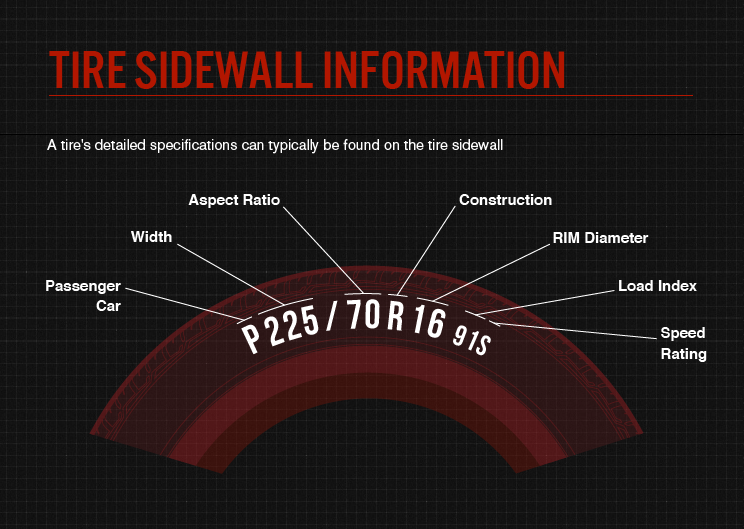 On these tires, depending on the manufacturer's recommendations, you can drive from 50 to 150 km. Different tire manufacturers use different designations for RSC technology. For example: Bridgestone RFT, Continental SSR, Goodyear RunOnFlat, Nokian Run Flat, Michelin ZP etc.
On these tires, depending on the manufacturer's recommendations, you can drive from 50 to 150 km. Different tire manufacturers use different designations for RSC technology. For example: Bridgestone RFT, Continental SSR, Goodyear RunOnFlat, Nokian Run Flat, Michelin ZP etc.
Rotation or arrow This marking on the tire sidewall indicates a directional tire. When installing the tire, you must strictly observe the direction of rotation of the wheel, indicated by the arrow.
Tubeless - tubeless tire. In the absence of this inscription, the tire can only be used with a camera. Tube Type - indicates that this tire must be used only with a tube.
Max Pressure ; maximum allowable tire pressure. Max Load - the maximum allowable load on each wheel of the car, in kg.
Reinforced or the letters RF in the size (for example 195/70 R15RF) means that this is a reinforced tire (6 layers). The letter C at the end of the size (for example 195/70 R15C) indicates a truck tire (8 layers).
Radial this marking on the rubber in the standard size means that it is a radial construction tire. Steel means that there is a metal cord in the tire structure.
Letter E (in a circle) - the tire meets the European requirements of ECE (Economic Commission for Europe). DOT (Department of Transportation - US Department of Transportation) is an American quality standard.
Temperature A, B, or C The temperature resistance of the tire at high speeds on the test bench (A is best).
Traction A, B, or C
Treadwear ; relative expected mileage compared to a specific US standard test.
TWI (Tread Wear Indiration) - tire tread wear indicators. The marking on the TWI wheel can also be with an arrow. Pointers are located evenly in eight or six places around the entire circumference of the tire and show the minimum allowable tread depth. The wear indicator is made in the form of a protrusion with a height of 1.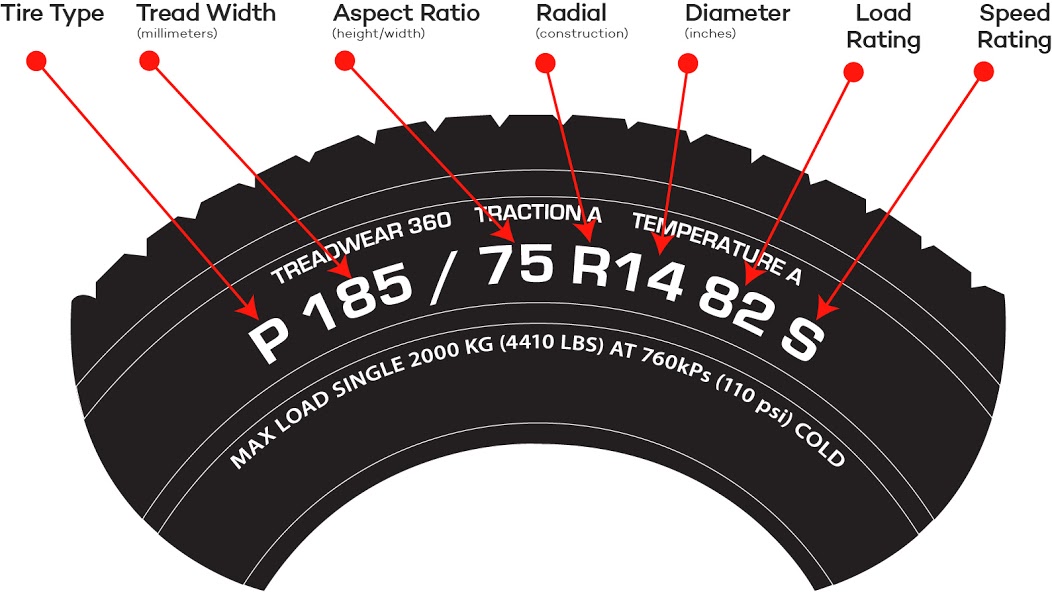 6 mm (the minimum tread value for light vehicles) and is located in the tread recess (usually in the drainage grooves).
6 mm (the minimum tread value for light vehicles) and is located in the tread recess (usually in the drainage grooves).
DOT - Manufacturer's coded address, tire size code, certificate, issue date (week/year).
Find tires / tire catalog
For those who are used to deciding on their own the issue of competent selection of tires for their car, we have prepared useful information in this section:
design differences tires.
Types of tire marking and interpretation of its meanings.
Types of car tire designs.
Rubber and cord are, of course, the main ones in the production of car tires. Rubber made from natural and/or synthetic rubber is reinforced with cord fabric, which. In turn, it can be made of metal, textile or polymer threads.
The figure shows the classic structure of a car tire:
1 - tread
2 - shoulder
3 - carcass
4 - side (wing)
5 - breaker and cushion layer
6 - additional insert in the shoulder area.
7 - side ring
8 - side part
According to the method of sealing the wheel, tires are divided into chamber and tubeless:
Tube tires consist of several elements: tires, chambers with a valve, with which air enters the tire and blocks its exit to the outside, and a rim tape that is put on the rim to prevent the tube from rubbing against the wheel and tire edge.
Tubeless tires differ from tube tires in the presence of a sealing rubber layer, which is applied to the first layer of the carcass. The camera is missing. The state of tightness in them is achieved due to the tight fit of the tire on the rim. The tire inflation valve is located in the wheel rim hole, which reduces tire weight, improves safety in case of a tire puncture, improves heat transfer, and also simplifies tire repair.
Most modern car tires are tubeless.
Depending on the location of the cord threads in relation to the radius of the wheel, tires are divided into radial and diagonal.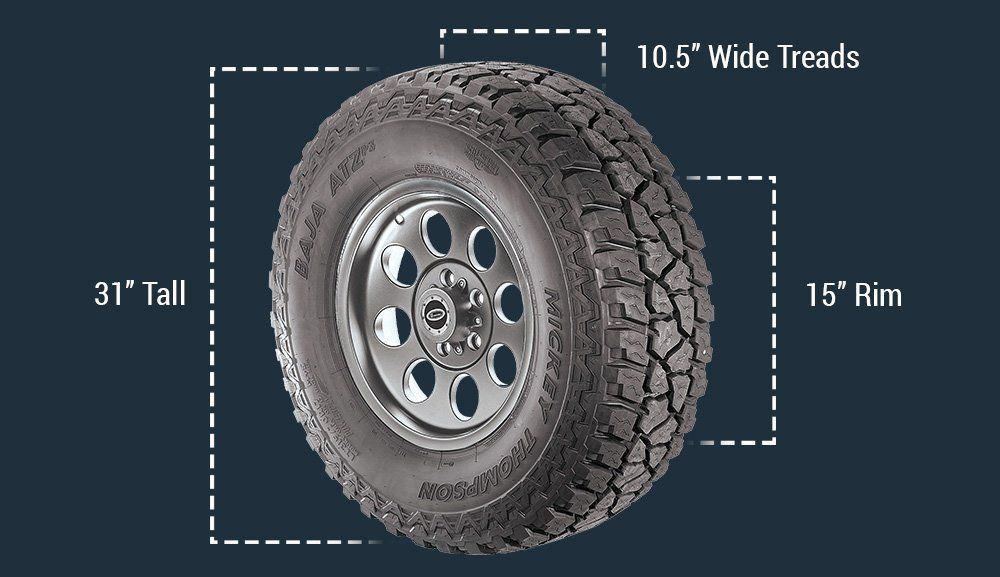
Bias tire carcass is a set of rubberized cord spacers, the edges of which are wrapped around wire ring rods (they are what allow the tire to “plant” on the rim). The carcass and breaker cords are crossed in adjacent layers (the number of adjacent layers is usually four) at an angle of 45° - 60°.
Today, this type of tire design is obsolete. As a rule, such tires are used on old cars, while in view of the still considerable fleet and demand for them, as well as the low cost of production, tires with a diagonal cord arrangement continue to be produced. It is worth noting the high maintainability of such tires, as well as resistance to destruction from impacts and cuts.
The carcass of a radial tire is a structure with a parallel arrangement of the tire cords (along the radius from one bead to the other, and the breaker cords at an angle of more than 65°). In order for the tire to withstand heavy loads at high speeds and sharp turns, it has a steel cord belt in which two layers are wound alternately at a sharp angle. An additional nylon band is used on certain models to further stabilize the behavior of the tire.
An additional nylon band is used on certain models to further stabilize the behavior of the tire.
Today, tires with a radial arrangement of cords are most in demand due to improved characteristics: structural rigidity, stability of the tire contact patch with the roadway, reduced rolling resistance and, as a result, lower fuel consumption. At the same time, tires with a radial design have a lower weight and carcass thickness, heat up less, give off heat faster, which can significantly extend their service life.
By purpose, the tires are divided into the following groups:
tires for passenger cars;
tires for light trucks and SUVs.
tires for trucks;
tires for construction, agriculture and special purpose of technology.
tires for motorcycles and mopeds.
In the production of passenger and light truck tires, a cord made of textile or polymer threads is used.
Metal cord used in the production of truck tires.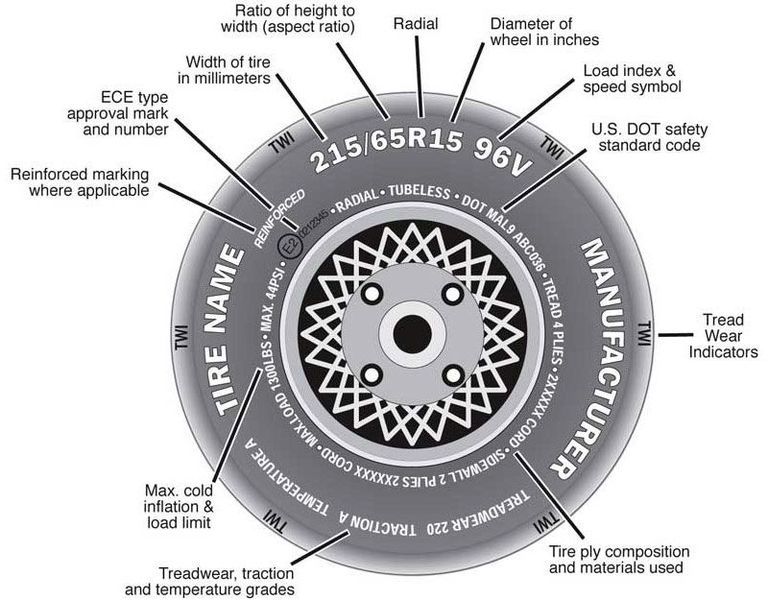
TIRE MARKING.
On November 1, 2012, a law on mandatory tire labeling was passed in Europe. Tires for passenger cars, commercial vehicles and trucks produced in the European Union have a standardized marking. It should be taken into account that the law does not provide for mandatory marking of retreaded tires, off-road tires, tires for cars registered before October 1, 1990, as well as for spare tires and stowaways, tires with a speed index below 80 km / h, studded tires, tires for racing cars.
In summary, according to the European label, tires must be judged on three main criteria: fuel efficiency, wet grip, and external rolling noise.
Fuel Efficiency (Rolling Resistance)
The fuel efficiency of is an important criterion to consider when choosing a tire. The argument here is quite weighty - about twenty percent of a car's fuel consumption depends on the tires used! The higher the rolling resistance rating of a tire, the higher your vehicle's fuel consumption will be.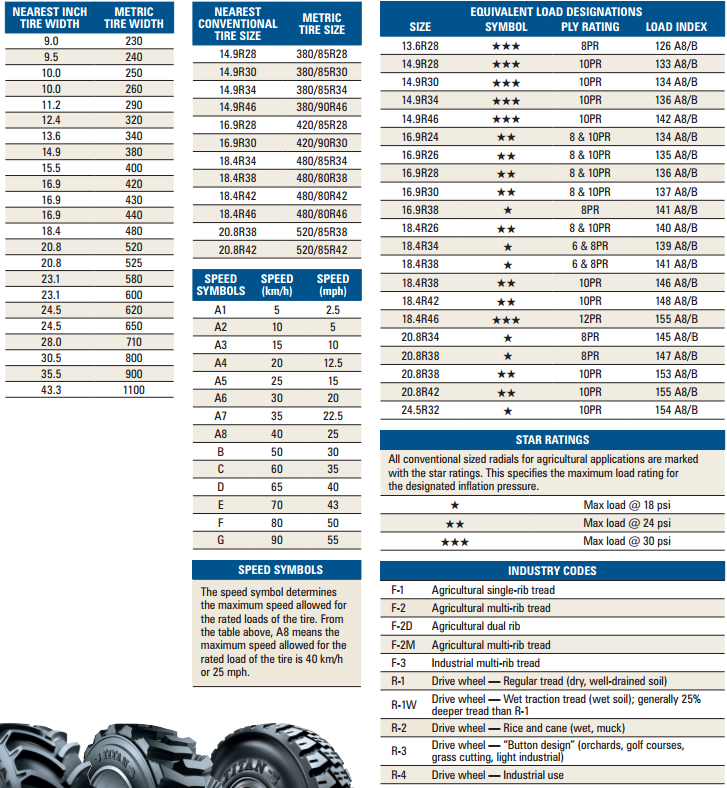 The level of tire rolling resistance is indicated in Latin letters in the range from A to G. Accordingly, the mark A on the tire indicates low rolling resistance, and therefore the lowest fuel consumption. The G mark indicates the highest level of tire rolling resistance, of course, fuel consumption will be maximum.
The level of tire rolling resistance is indicated in Latin letters in the range from A to G. Accordingly, the mark A on the tire indicates low rolling resistance, and therefore the lowest fuel consumption. The G mark indicates the highest level of tire rolling resistance, of course, fuel consumption will be maximum.
What determines the rolling resistance index? A number of determining factors come into play here:
the design of the tire itself.
tire pressure level.
tire temperature and load.
vehicle speed.
the condition of the suspension of the car and the roadway.
Wet grip .
This criterion evaluates the stopping distance of a vehicle on a wet road surface. Tires are marked with Latin letters in the range from A to F. The difference in the braking distance of a car equipped with category A tires and category F tires will be about eighteen meters (according to measurements made on a car moving at a speed of 80 km / h before braking).
External tire rolling noise.
This indicator indicates the noise level that occurs when a tire is rolling and is measured in decibels. The quietest tires do not exceed 60 dB. Tires over 74 dB will be very noisy.
METRIC AND TIRE LABELING.
Winter - tires designed for operation in winter weather conditions.
Aqua, Rain or Water (may be designated with an umbrella icon) - Tires designed for use in rain or wet conditions. Minimize the effect of aquaplaning, especially at high speeds.
M + S (Mud + Snow, which means mud + snow) - off-road tires for driving in mud or snow.
M/T (Mud Terrain) - mud terrains.
A/T (All Terrain) - tires for any type of terrain.
AS (All Season), Any Season, R+W (Road + Winter) - designations for all-season tires.
Rotation - Tires with directional tread patterns have an arrow on the sidewall of the tire indicating the desired direction of tire rotation.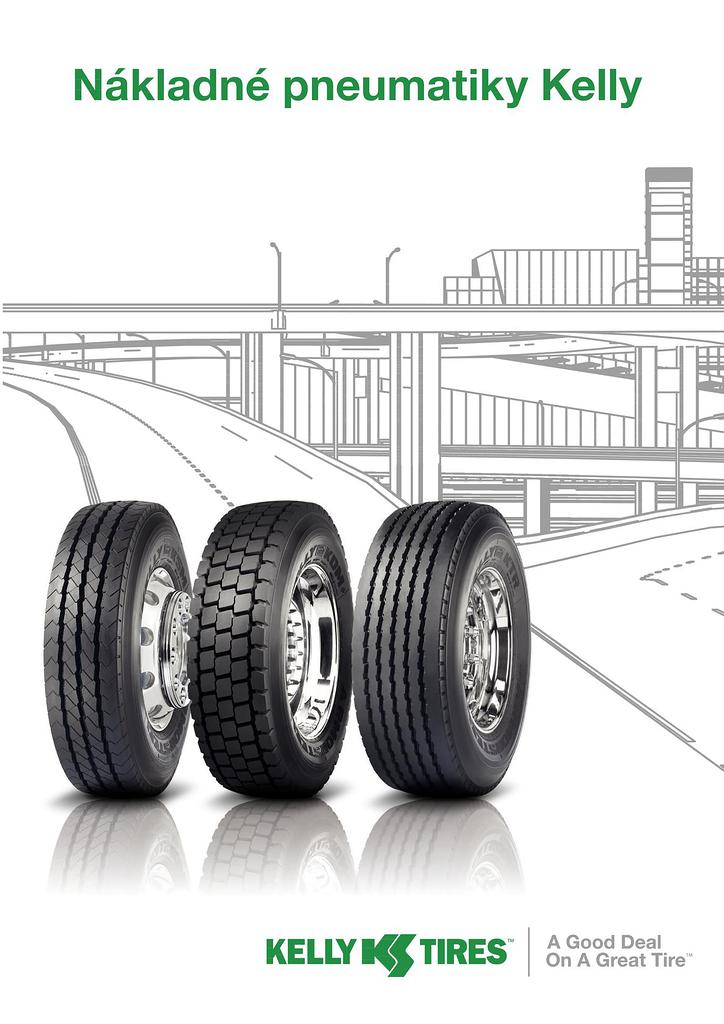
Outside and Inside (or Side Facing Out and Side Facing Inwards) are asymmetric tires, which must be installed strictly following the tire-on-rim rule. The inscription Outside (outer side) should be on the outside of the car, and Inside (inner side) - on the inside.
Left or Right - means that the tires of this model are left and right. When installing them, you must strictly follow the rule of installing a tire on a car, the left ones only on the left, and the right ones, respectively, only on the right.
Steel Radial - a radial tire with a steel cord.
Tubeless (TL) - tubeless tire.
Tube Type (TT) - the tire is installed with the camera.
Treadwear 380 - wear coefficient, determined in relation to the "base tire", for which it is equal to 100. The wear index is a theoretical value and cannot be directly related to the practical life of the tire, which is significantly influenced by road conditions, driving style, following pressure recommendations, adjusting vehicle camber angles and wheel rotation. The wear indicator is presented as a number from 60 to 620 with an interval of 20 units. The higher its value, the longer the protector withstands when tested according to the established method.
The wear indicator is presented as a number from 60 to 620 with an interval of 20 units. The higher its value, the longer the protector withstands when tested according to the established method.
Traction A - friction coefficient, has the values A, B, C. Coefficient A has the highest friction value in its class.
Max Load - the maximum load and further there are values in kilograms and pounds.
PR (Ply Rating) - the strength (load-bearing capacity) of the carcass is conditionally estimated by the so-called ply rate. The stronger the carcass, the more air pressure the tire can withstand, and therefore has a greater load capacity. For passenger cars, tires with a ply rating of 4PR and sometimes 6PR are used, and in this case the latter have the inscription "Reinforced", that is, "reinforced" (tires with increased load capacity).
Extra Load (XL) - increased load index.
Reinforced (Reinf or RF) - increased load index. On light trucks and minibuses, tires with 6PR and 8PR are most commonly used.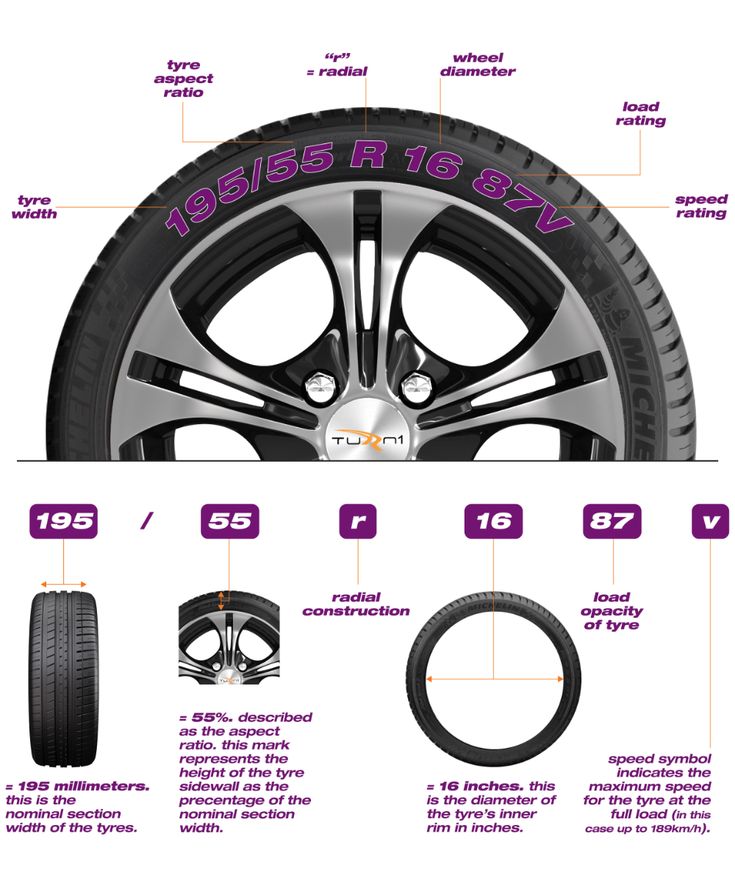 The increased ply (that is, strength) of the tire may be indicated by the letter “C” (commercial), which is placed after the designation of the landing diameter (for example, 185R14C).
The increased ply (that is, strength) of the tire may be indicated by the letter “C” (commercial), which is placed after the designation of the landing diameter (for example, 185R14C).
TWI - the mark is located on the sidewall of the tire and shows the location of the remaining tread height marks in the main grooves. For the countries of the European Union and the Russian Federation, the remaining tread depth of a worn passenger tire must be at least 1.6 mm.
ZP (Zéro Pression) - zero pressure, Michelin's commercial designation for tires with reinforced sidewalls. ZP: Ability to continue driving in the event of a puncture up to 80 km at speeds up to 80 km/h. ZP SR: Ability to continue driving in the event of a puncture up to 30 km at speeds up to 80 km/h.
SST(Self Supporting Tires) - self-supporting tire. Such tires can carry the load and continue to move after a puncture.
Dunlop MFS (Maximum Flange Shield) - Maximum bead protection system protects expensive wheels from curbs and pavement damage - a rubber profile around the tire circumference, located on the bottom of the wall above the rim flange, forms a buffer zone.
Studless - the tire cannot be fitted with studs.
Studdable - Tire can be fitted with studs. In addition, the tires are marked with quality standards
E (circled) - European quality standard.
DOT - American Quality Standard.
SPEED INDEX.
As a result of tests carried out by the manufacturer on a specially equipped stand, each tire is assigned a certain speed category. The marking on the tire indicates the maximum speed that the tire of this model can withstand. When choosing tires, this factor should be taken into account, since your car should drive at a speed of 10-15% less than the maximum allowable.
Marking "ZR" - indicates that the tires are designed for operation at speeds exceeding 240 km/h.
The “V” marking on a tire, together with the load index (example: 91V), means that the tires are designed for use at speeds up to 240 km/h, while the load index is indicated for a speed of 210 km/h.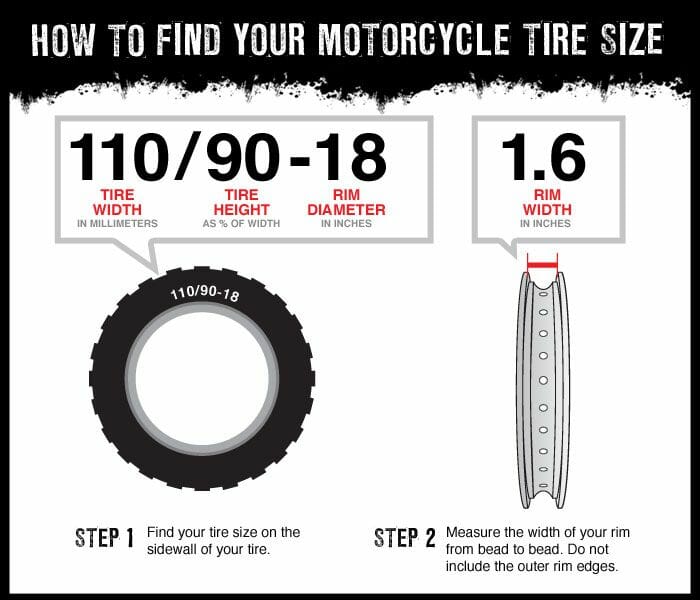 The load must be reduced by three percent in proportion to the increase in speed by 10 km/h.
The load must be reduced by three percent in proportion to the increase in speed by 10 km/h.
The "W" marking on the tires, together with the load index (example: 100W), indicates that the tire is designed for use at speeds up to 270 km/h, while the load index is indicated for a speed of 240 km/h. The load must be reduced by five percent in proportion to the increase in speed by 10 km/h.
The "Y" marking on a tire with a load rating (example: 95Y) indicates that the tires are designed for speeds up to 300 km/h, while the load rating is for 270 km/h. The load must be reduced by five percent in proportion to the increase in speed by 10 km/h.
LOAD INDEX.
| Load index | Permissible load, kg | Load index | Permissible load, kg |
|---|---|---|---|
| 0 | 45 | 100 | 800 |
| 1 | 46. | 101 | 825 |
| 2 | 47.5 | 102 | 850 |
| 3 | 48.7 | 103 | 875 |
| 4 | 50 | 104 | 900 |
| 5 | 51.5 | 105 | 925 |
| 6 | 53 | 106 | 950 |
| 7 | 54.5 | 107 | 975 |
| 8 | 56 | 108 | 1000 |
| 9 | 58 | 109 | 1030 |
| 10 | 60 | 110 | 1060 |
| 11 | 61. | 111 | 1090 |
| 12 | 63 | 112 | 1120 |
| 13 | 65 | 113 | 1150 |
| 14 | 67 | 114 | 1180 |
| 15 | 69 | 115 | 1215 |
| 16 | 71 | 116 | 1250 |
| 17 | 73 | 117 | 1285 |
| 18 | 75 | 118 | 1320 |
| 19 | 77.5 | 119 | 1360 |
| 20 | 80 | 120 | 1400 |
| 21 | 82. | 121 | 1450 |
| 22 | 85 | 122 | 1500 |
| 23 | 87.5 | 123 | 1550 |
| 24 | 90 | 124 | 1600 |
| 25 | 92.5 | 125 | 1650 |
| 26 | 95 | 126 | 1700 |
| 27 | 97 | 127 | 1750 |
| 28 | 100 | 128 | 1800 |
| 29 | 103 | 129 | 1850 |
| 30 | 106 | 130 | 1900 |
| 31 | 109 | 131 | 1950 |
| 32 | 112 | 132 | 2000 |
| 33 | 115 | 133 | 2060 |
| 34 | 118 | 134 | 2120 |
| 35 | 121 | 135 | 2180 |
| 36 | 125 | 136 | 2240 |
| 37 | 128 | 137 | 2300 |
| 38 | 132 | 138 | 2360 |
| 39 | 136 | 139 | 2430 |
| 40 | 140 | 140 | 2500 |
| 41 | 145 | 141 | 2575 |
| 42 | 150 | 142 | 2650 |
| 43 | 155 | 143 | 2725 |
| 44 | 160 | 144 | 2800 |
| 45 | 165 | 145 | 2900 |
| 46 | 170 | 146 | 3000 |
| 47 | 175 | 147 | 3075 |
| 48 | 180 | 148 | 3150 |
| 49 | 185 | 149 | 3250 |
| 50 | 190 | 150 | 3350 |
| 51 | 195 | 151 | 3450 |
| 52 | 200 | 152 | 3550 |
| 53 | 206 | 153 | 3650 |
| 54 | 212 | 154 | 3750 |
| 55 | 218 | 155 | 3875 |
| 56 | 224 | 156 | 4000 |
| 57 | 230 | 157 | 4125 |
| 58 | 236 | 158 | 4250 |
| 59 | 243 | 159 | 4375 |
| 60 | 250 | 160 | 4500 |
| 61 | 257 | 161 | 4625 |
| 62 | 265 | 162 | 4750 |
| 63 | 272 | 163 | 4875 |
| 64 | 280 | 164 | 5000 |
| 65 | 290 | 165 | 5150 |
| 66 | 300 | 166 | 5300 |
| 67 | 307 | 167 | 5450 |
| 68 | 315 | 168 | 5600 |
| 69 | 325 | 169 | 5800 |
| 70 | 335 | 170 | 6000 |
| 71 | 345 | 171 | 6150 |
| 72 | 355 | 172 | 6300 |
| 73 | 365 | 173 | 6500 |
| 74 | 375 | 174 | 6700 |
| 75 | 387 | 175 | 6900 |
| 76 | 400 | 176 | 7100 |
| 77 | 412 | 177 | 7300 |
| 78 | 425 | 178 | 7500 |
| 79 | 437 | 179 | 7750 |
| 80 | 450 | 180 | 8000 |
| 81 | 462 | 181 | 8250 |
| 82 | 475 | 182 | 8500 |
| 83 | 487 | 183 | 8750 |
| 84 | 500 | 184 | 9000 |
| 85 | 515 | 185 | 9250 |
| 86 | 530 | 186 | 9500 |
| 87 | 545 | 187 | 9750 |
| 88 | 560 | 188 | 10000 |
| 89 | 580 | 189 | 10300 |
| 90 | 600 | 190 | 10600 |
| 91 | 615 | 191 | 10900 |
| 92 | 630 | 192 | 11200 |
| 93 | 650 | 193 | 11500 |
| 94 | 670 | 194 | 11800 |
| 95 | 690 | 195 | 12150 |
| 96 | 710 | 196 | 12500 |
| 97 | 730 | 197 | 12850 |
| 98 | 750 | 198 | 13200 |
| 99 | 775 | 199 | 13600 |
More information.
Tires must be marked with the following marking:
MAX PRESSURE - the maximum allowable tire pressure. For each type of tire, there are air pressure standards that must be observed. Violation of these requirements can lead to both increased or uneven wear of the tread, and a violation of the integrity of the tire, which is dangerous especially at high speeds. By the way, before adjusting the wheel alignment of the car - do not forget to bring the tire pressure back to normal!
What are the colored dots or circles on the tire for?
The red dot indicates the hardest point on the tire. If your rims are marked with a white dot, it is recommended to combine these two dots during tire fitting.
The yellow dot indicates the lightest spot on the tyre.
To a greater extent, both markings are needed for tire service employees, because this information will tell a competent specialist how to reduce the mass and number of balancing weights.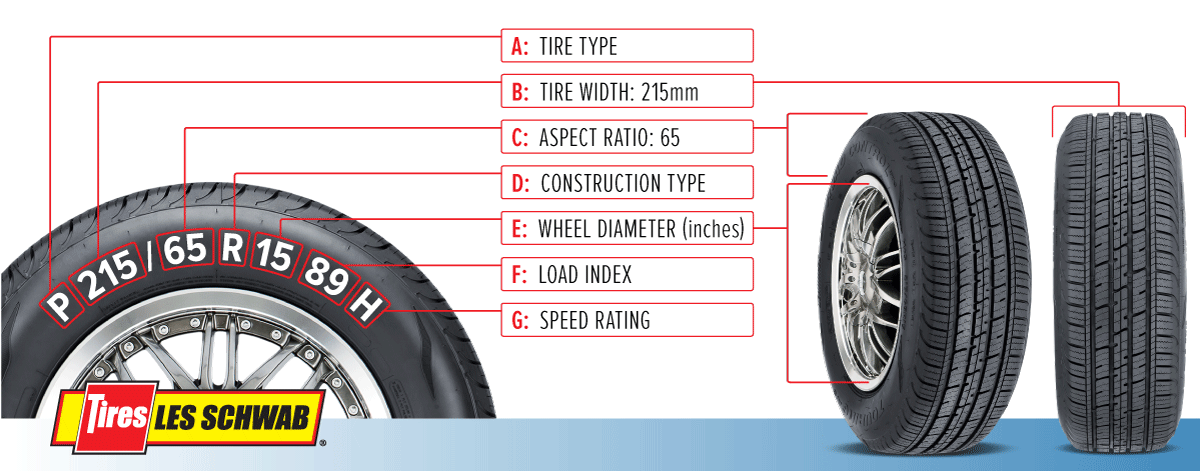
Tire construction materials - Tires may also bear the names of the materials that make up the tire carcass and breaker.
Here is an example of tire marking and its interpretation:
Metric marking system.
Example: TIRE LT205/55R16 91V
for trailers/semi-trailers and vans (these tires are not used for cars/trucks/SUVs; T - temporary use tire (for spare wheel)
205 - profile width in mm
55 - ratio of tire profile height to tire width.
R - the type of tire carcass has a radial structure (the absence of a default marking indicates that the tire is a diagonal type).
D (or not specified) - diagonal tire carcass type.
B - Bias Belt. The structure of the tire carcass is diagonal with the use of a breaker, characteristic of radial tires.
16 — tire diameter in inches (corresponds to the diameter of the rim).
91 - maximum load index. Marking is also used indicating the load in kg or pounds (max load).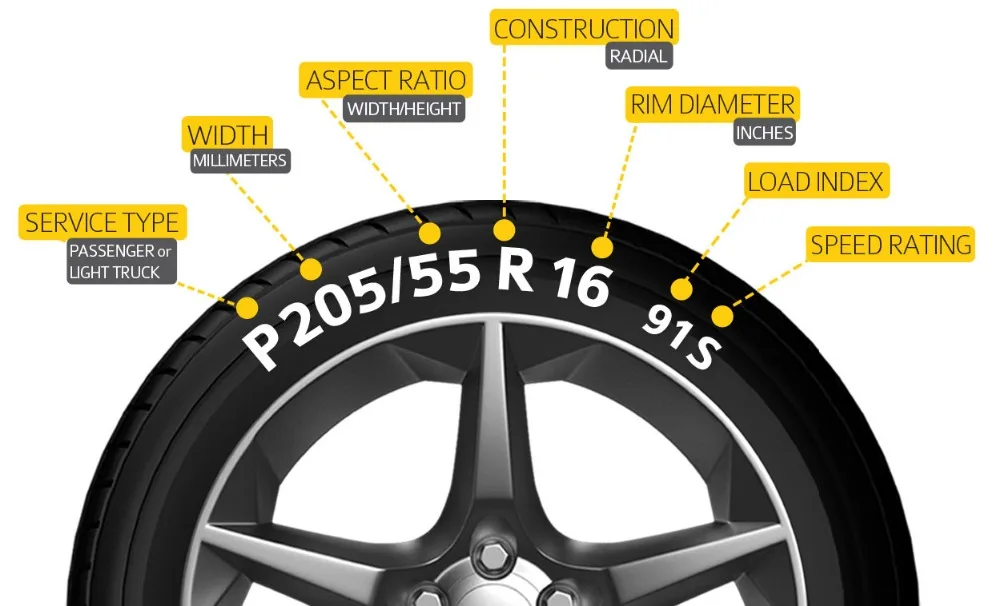
V - tire speed index (see the value in the table).
The following marking options are also possible:
The location of the speed index designation is allowed in different places: 225/50SR16, 225/50SR16 89S, 225/50R16 89S
Marking with the letter C after the diameter indicates that the tire is intended for commercial vehicles , as well as off-road trucks and pickups (example: 195/70R15C 104/102R).
If the manufacturer, after indicating the tire size, placed the letters XL, RF, SL, LL (example: P235 / 75R-15 XL, P285 / 35R-19 LL), this means that the tire has XL, RF - increased, SL - standard, LL - reduced bearing capacity. American P-marking XL corresponds to the maximum allowable pressure of 41 psi (280 kPa), SL and LL - 35 psi (240 kPa), in the European marking XL / RF corresponds to 42 psi (290 kPa), SL - 36 psi (250 kPa), LL is missing. The absence of this designation corresponds to the SL variant.
The presence of the letters FR (example: 215/45 R17 87V FR) after the specified size means that the tire has a protective portico on the sidewall that protects the rim and the rubber itself from damage.